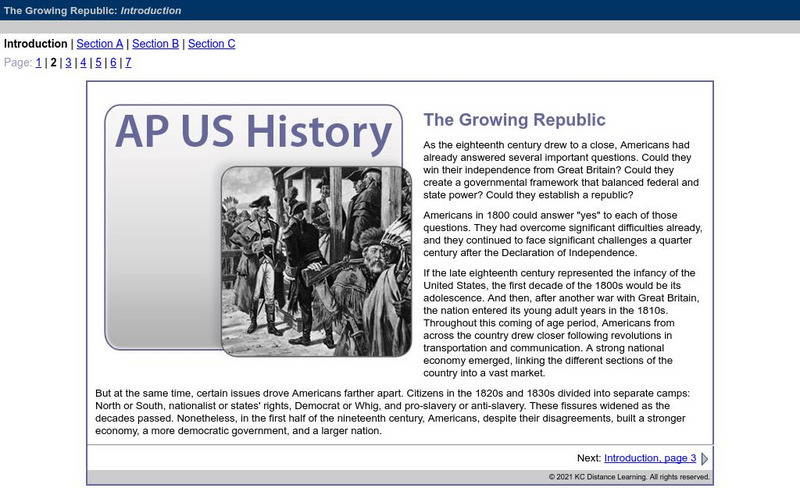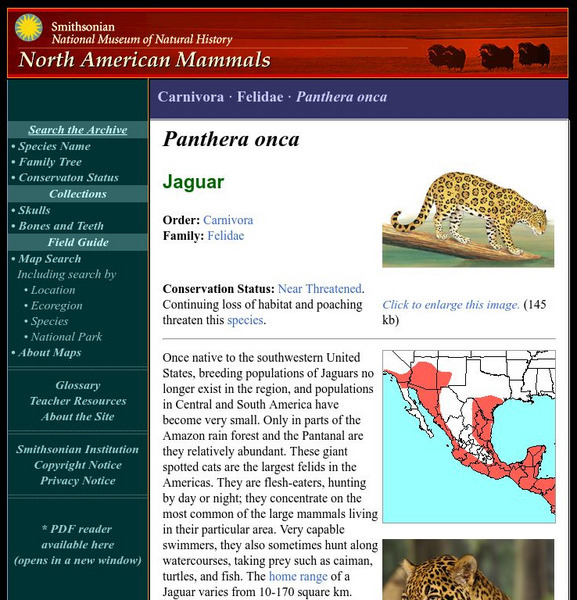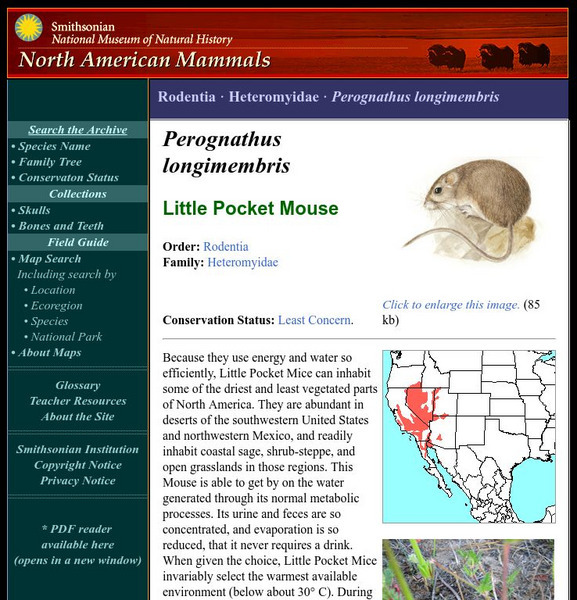Ducksters
Ducksters: United States Geography: Regions
Kids learn about the geographical regions of the United States including the northeast, southeast, Midwest, southwest, and west.
Department of Defense
Do Dea: Ap Us History: Unit 3: The Growing Republic
This extensive learning module examines how the United States' efforts to increase foreign trade, add new territory, and isolate itself from Europe affected its foreign policy and other initiatives. It investigates how advances in...
Ducksters
Ducksters: Native American History for Kids: Tribes and Regions
Kids learn about where Native American Indian tribes and regions in the United States on this site.
NPR: National Public Radio
Npr: The Iraq War: 10 Years Later, Where Do We Stand?
The U.S. invasion of Iraq was ten years ago this week. This article describes the impact that the war has had on both the U.S. and Iraq, as well as other countries in the region.
Nature Conservancy
Nature Conservancy: Animals We Protect: Karner Blue Butterfly
Discover the beauty of the Karner blue butterfly found in the Great Lakes region and the northeast United States.
Smithsonian Institution
National Museum of Natural History: American Mammals: Wyoming Ground Squirrel
Wyoming Ground Squirrels are found in three separate regions of the western United States at elevations above 1,500 meters. Their geographic centers are in southwestern Montana, central and southwestern Wyoming, and southwestern Idaho,...
Smithsonian Institution
National Museum of Natural History: American Mammals: Mountain Cottontail
At dawn and dusk in the mountainous regions of the western United States, the Mountain Cottontail forages for sagebrush, western juniper, and grasses, almost always close to cover. As befits a rabbit that lives where it gets very cold,...
Smithsonian Institution
National Museum of Natural History: American Mammals: Jaguar
Once native to the southwestern United States, breeding populations of Jaguars no longer exist in the region, and populations in Central and South America have become very small. Only in parts of the Amazon rainforest and the Pantanal...
Smithsonian Institution
National Museum of Natural History: American Mammals: Little Pocket Mouse
Because they use energy and water so efficiently, Little Pocket Mice can inhabit some of the driest and least vegetated parts of North America. They are abundant in deserts of the southwestern United States and northwestern Mexico, and...
Smithsonian Institution
National Museum of Natural History: American Mammals: Pallid Bat
Common throughout its range, the pallid bat occurs in arid and semi-arid regions throughout northern Mexico and the western United States. Pallid bats eat beetles, grasshoppers, and moths, and they forage for slow-moving prey, such as...
PBS
Pbs: American Experience: Mass Exodus From the Plains
This site is from PBS.org explaining the migration of people out of the plains during the dust bowl. Use this article to learn all about the reasons people left and where they went.
University of Texas at Austin
University of Texas: Restoring Women to World Studies [Pdf]
In much of the social studies-especially courses focused on world history, geography, and culture-there has been a long-standing awareness that the experience of women has been left out of the narrative. Recent changes in state,...
Other popular searches
- United States Regions
- United States Maps Regions
- 5 United States Regions
- United States Regions South
- Seven United States Regions
- Unites States Regions
- 5 Regions of the United States
- United States Economic Regions
- United States Climate Zones










